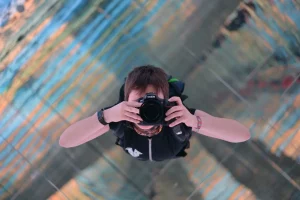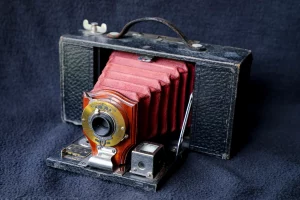The inexorable metamorphosis of phones into cameras.
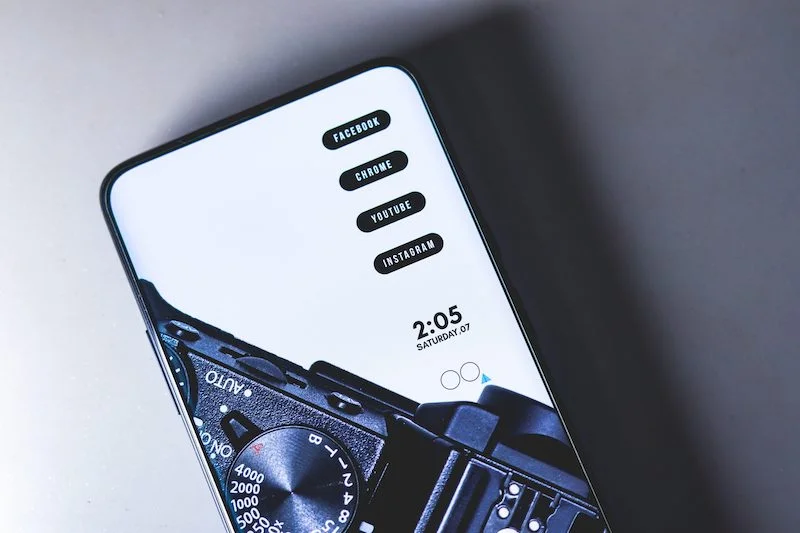
At the time, who would have thought that we would take more pictures with our phones than with our traditional cameras?
It wasn’t until 2008 that mobile photography reached the 8 megapixel bar and the subject became “serious.”
Today, about 67% of people in the world own a cell phone and use it to take pictures. According to 2020 figures, out of 1,400 billion photos taken in one year, nearly 1,200 billion were taken with smartphones.
The battle of manufacturers
Phone manufacturers have found that the ability to take photos instantly and to share them is a differentiating feature when buying a smartphone.
The war between manufacturers is being catalyzed by innovations in integrated cameras and the race for megapixels. Now they are devoting much of their expertise to enhancing the photo quality of their products. Some lenses offer a resolution as satisfactory as a digital camera. These innovations are all the more appreciated since images are now shared instantly thanks to the evolution of social networks. Instagram is widely used by amateurs and professional photographers alike (nearly 1 billion users per month).

Innovation in hardware
2020 represents the culmination of this race, with the release of a 108 MP sensor for Samsung and the introduction of a brand new format for Apple. The Apple ProRaw in the iphone 12 greatly improves the quality of the pictures with algorithms (such as Deep Fusion and Smart HDR), taking advantage of the power of its mobile chips. They are not the only ones to dominate this market, where Google and Huawei (purchaser of Leica in 2016) are also battling it out, bringing their hardware and software innovations. Now, three lenses on high-end smartphones are almost a standard: an ultra-wide angle to see very wide, a wide angle to capture classic photos, and a zoom to see further.
The photophones adapt to each use and each user. The LiDAR sensor and the distance sensor are more present in our phones. LiDAR is used to speed up focusing in low light. The distance sensor allows us to analyze the 3D environment and to know the 3D placement of the subject. This facilitates the application of innovative treatments.
For example, changing the depth of field after taking the picture, changing the lighting conditions and separating the background from the foreground – an essential operation to apply the blur of the portrait mode.
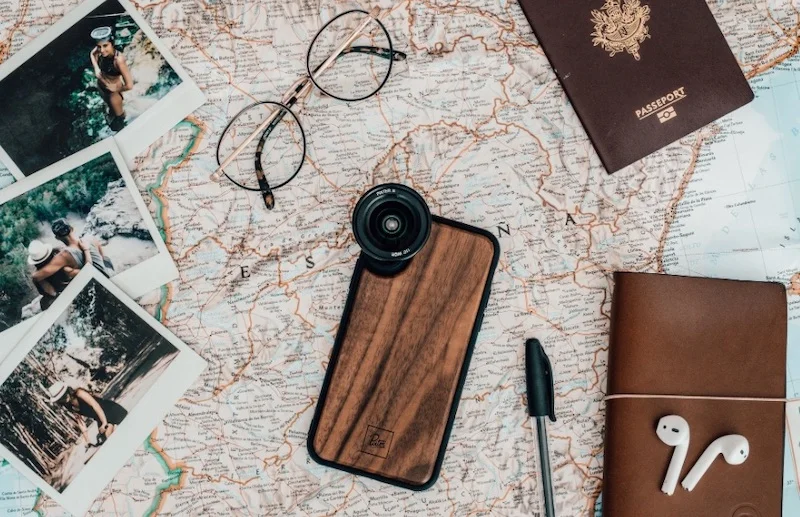
A new concept of objective has also appeared. Pixter has created lenses for phone cameras that can be added directly on the camera to improve its pictures. They are compatible with all types of phones.
The quality of cell phone photos is now much closer to that of reflex; however, they are still less sharp and less sensitive in low light, the size of sensors and optics being smaller…
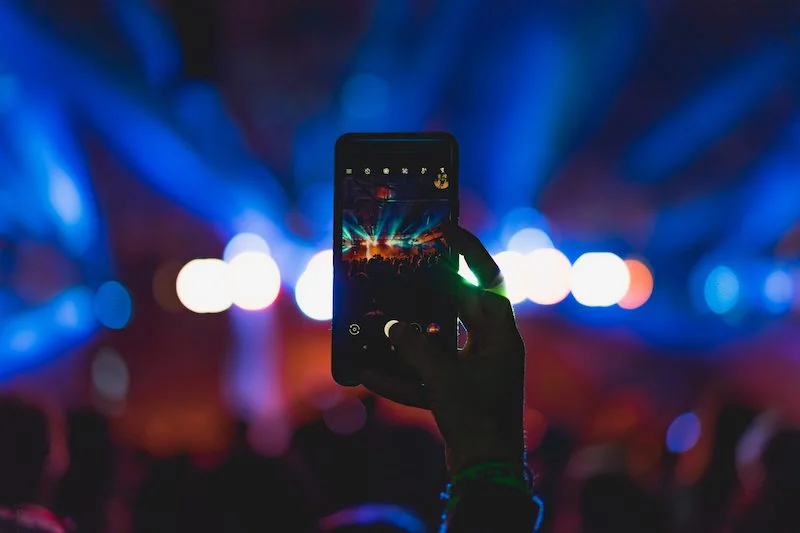
Artificial Intelligence
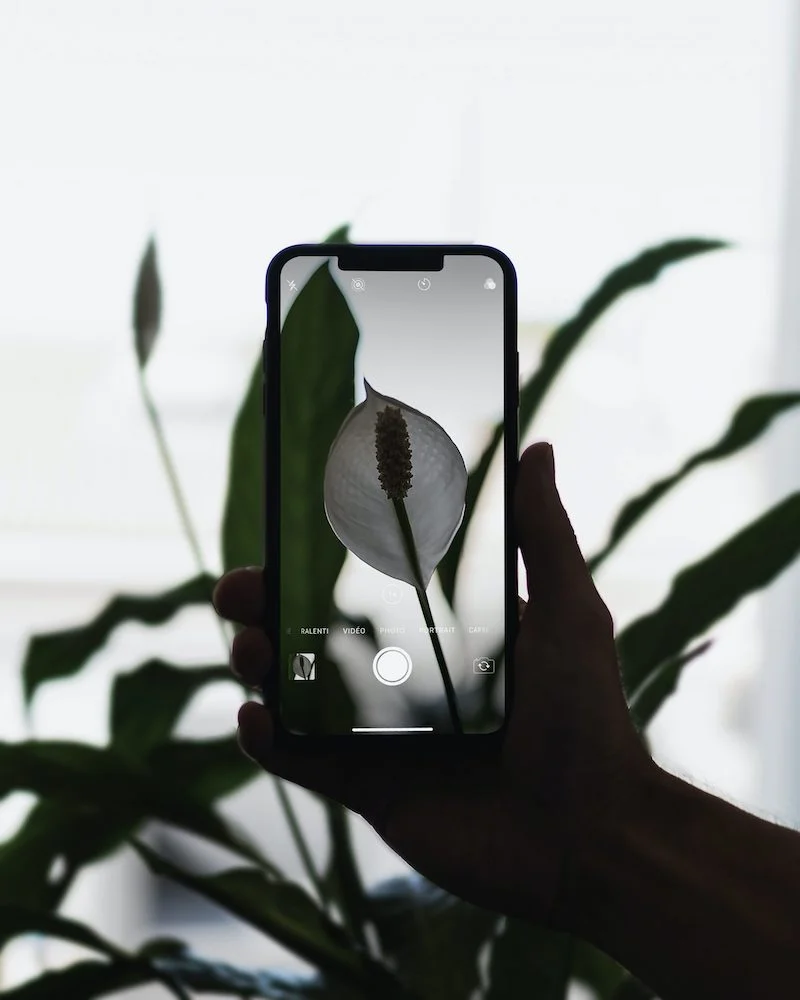
Over the last two years, the number of people retouching their photos has doubled and Lightroom, Luminar or Capture One are among the most used applications for this.
Photophones have certainly revolutionized the digital age and the way to take pictures or share them, but they will (always) be less powerful than a reflex or hybrid camera, which also evolves and integrates remarkable innovations every year.
Smatphones and Reflex put to the test
If the “selfie” smile was the inevitable pass to the “like,” other expressions come to heckle this good old expression of happiness. So, forget the smile (considered a bit old-fashioned), and make way for the Duck face, the mimicry that consists of tightening and advancing the lips while drawing the cheeks in.
But hurry up, because this Duck Face is about to be dethroned by the Sparrow Face, the latest little revolution from Japan, which consists of opening your eyes wide and your mouth like a chick waiting for a meal, all accompanied by a V for victory.
The best camera for you...
The comparison between the two types of devices is not necessarily relevant to the point, however. The goal of the new technologies embedded in photophones is to allow everyone to make the most beautiful pictures possible without being an experienced photographer.
This camera starts taking pictures even before we press the shutter button and chooses the best one. It is not only always with us, but it also goes faster than we do. So, users of photophones are not necessarily looking for optimal photo quality but enough to capture a moment, create and share memories.
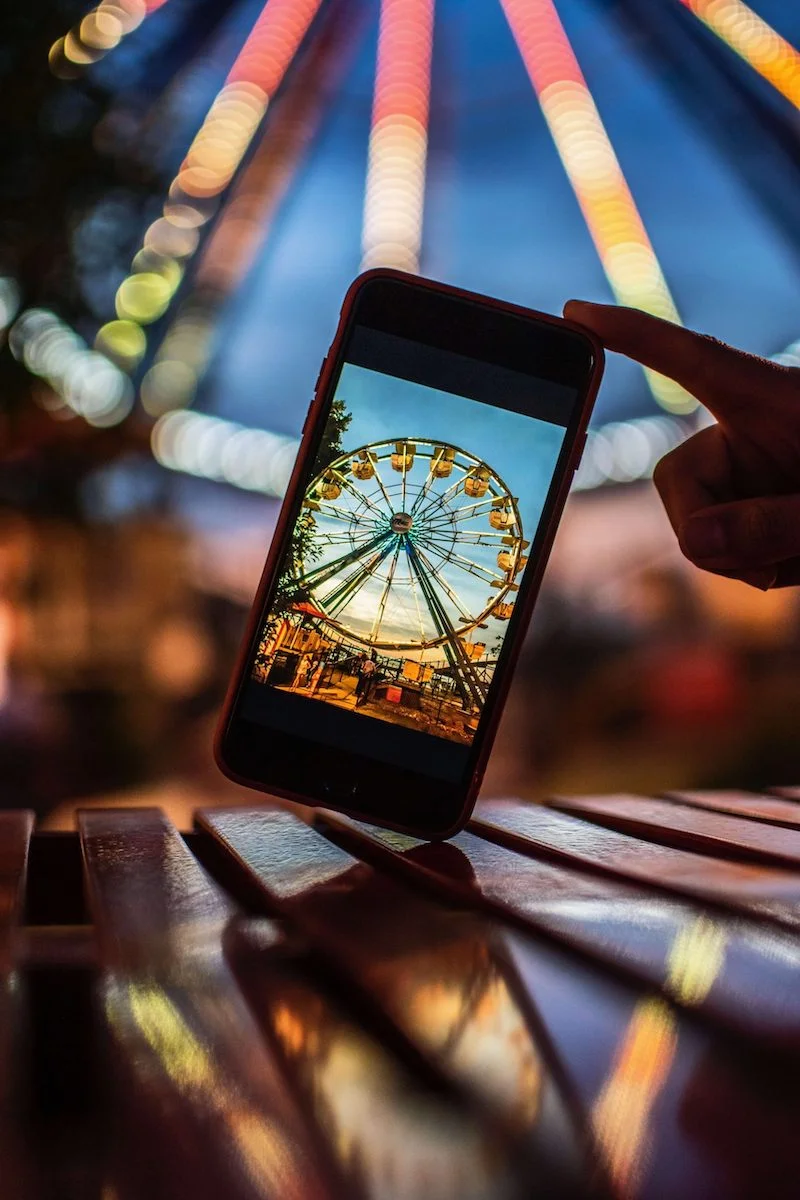
"After all, isn't the best camera the one you have with you?”
Chase Jarvis
Link: The Best Camera Is the One That’s with You by Chase Jarvis
Photo Credits: Jayson Hinrichsen, Rodion Kutsaev, Lukenn Sabellano, Cyril Caiazzo,Daniel Gold,TheREGISTI and Pixter




